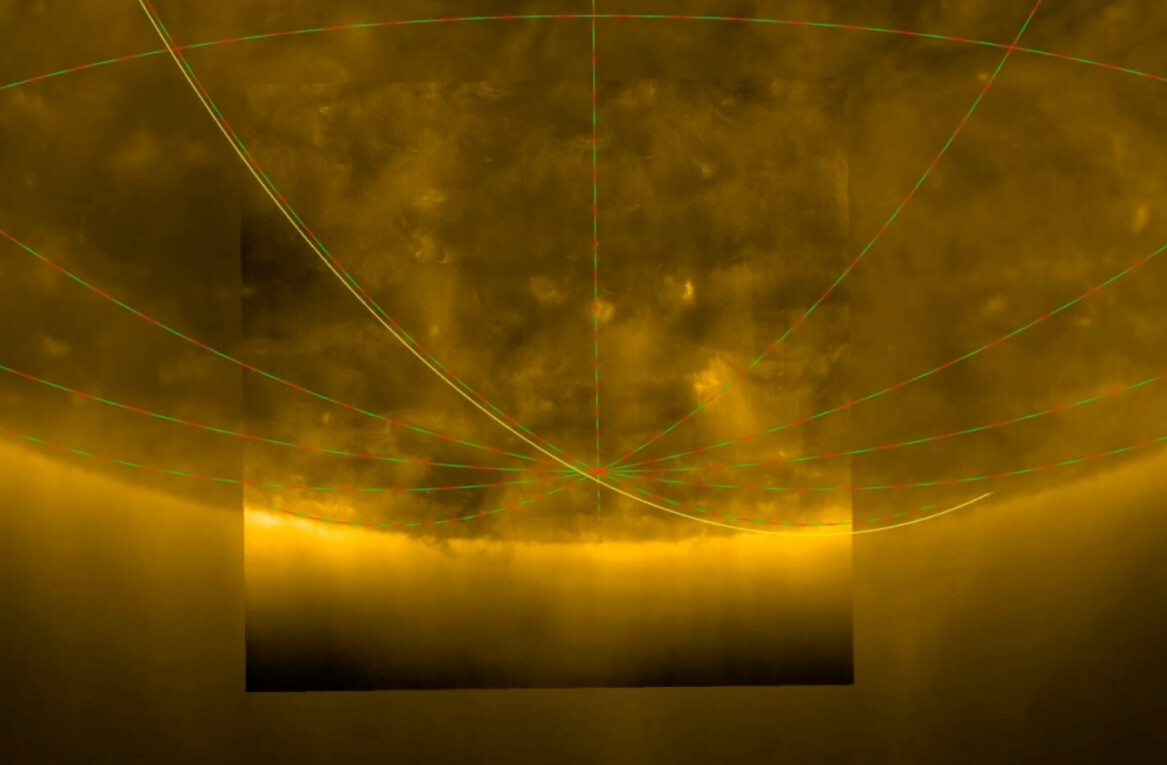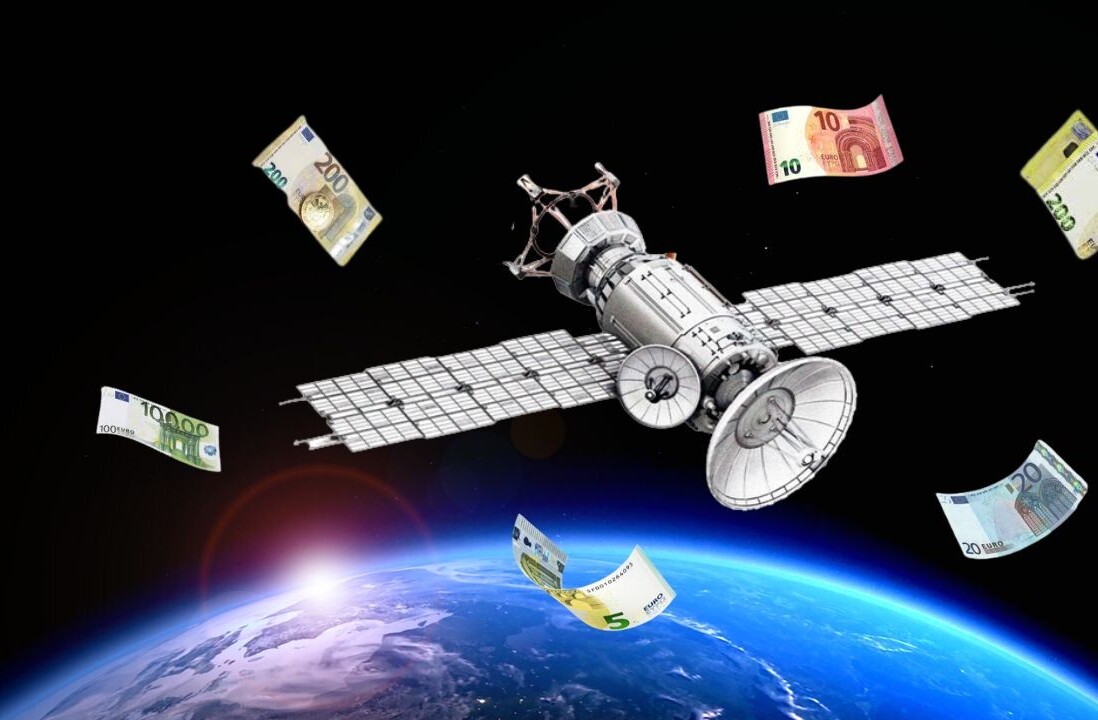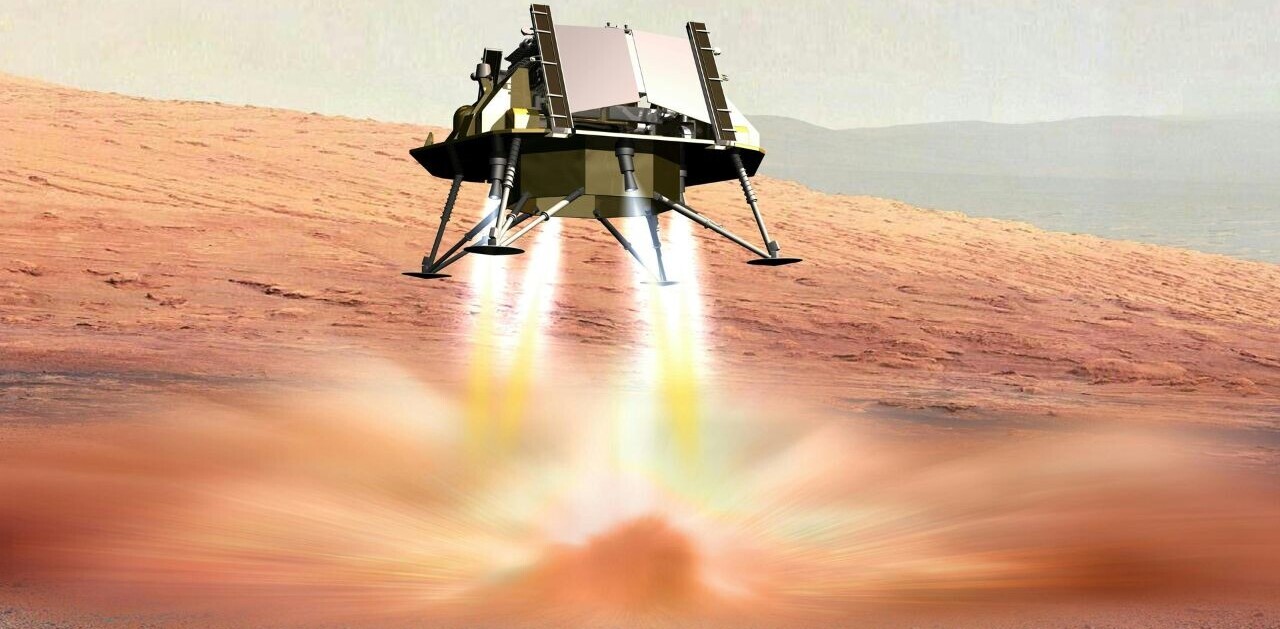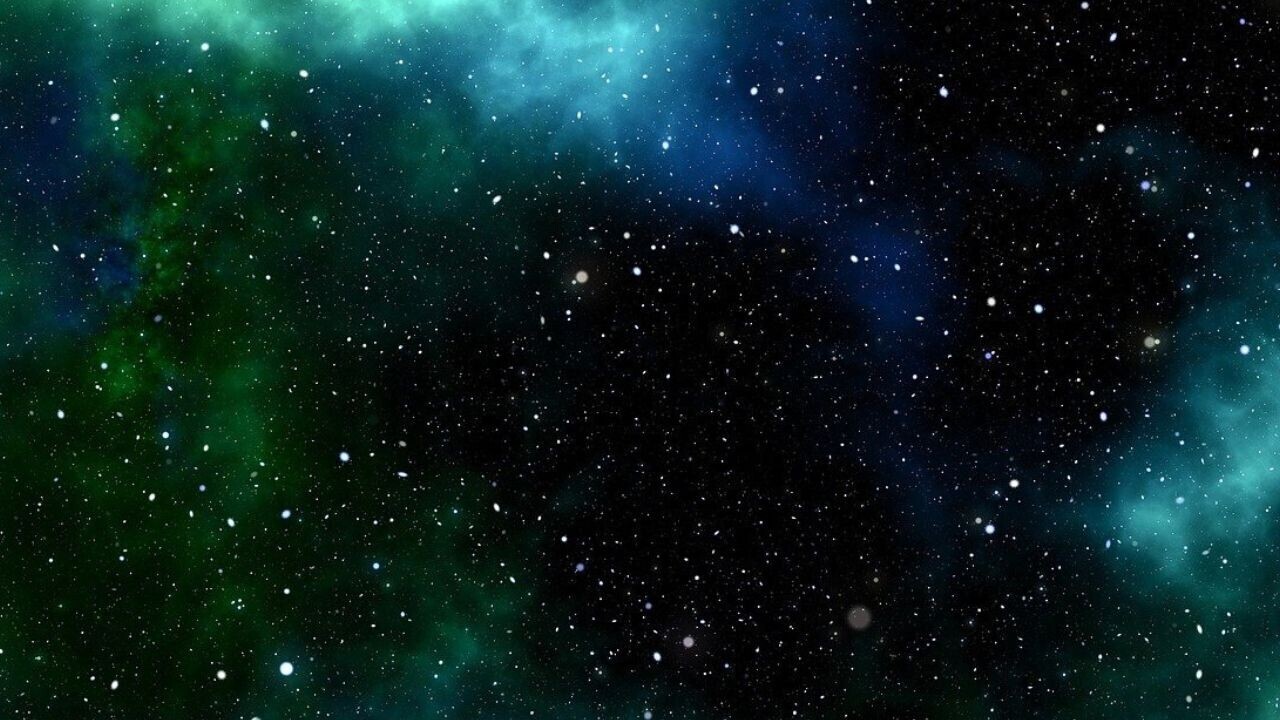
ESA’s mission to unravel the mysteries of the dark universe is set for launch. Following a one-year delay caused by the Ukraine invasion, the Euclid space telescope is scheduled for takeoff on July 1 at 5:11PM CEST time from Cape Canaveral in Florida, US.
Named after the famous Greek mathematician, the telescope will embark on a month-long journey to reach its destination at a position in space known as the second Lagrange point (L2) — located 1.5 million kilometres away from our planet. There, it will be able to observe deep space, with the sun, the Earth, and the moon behind it.
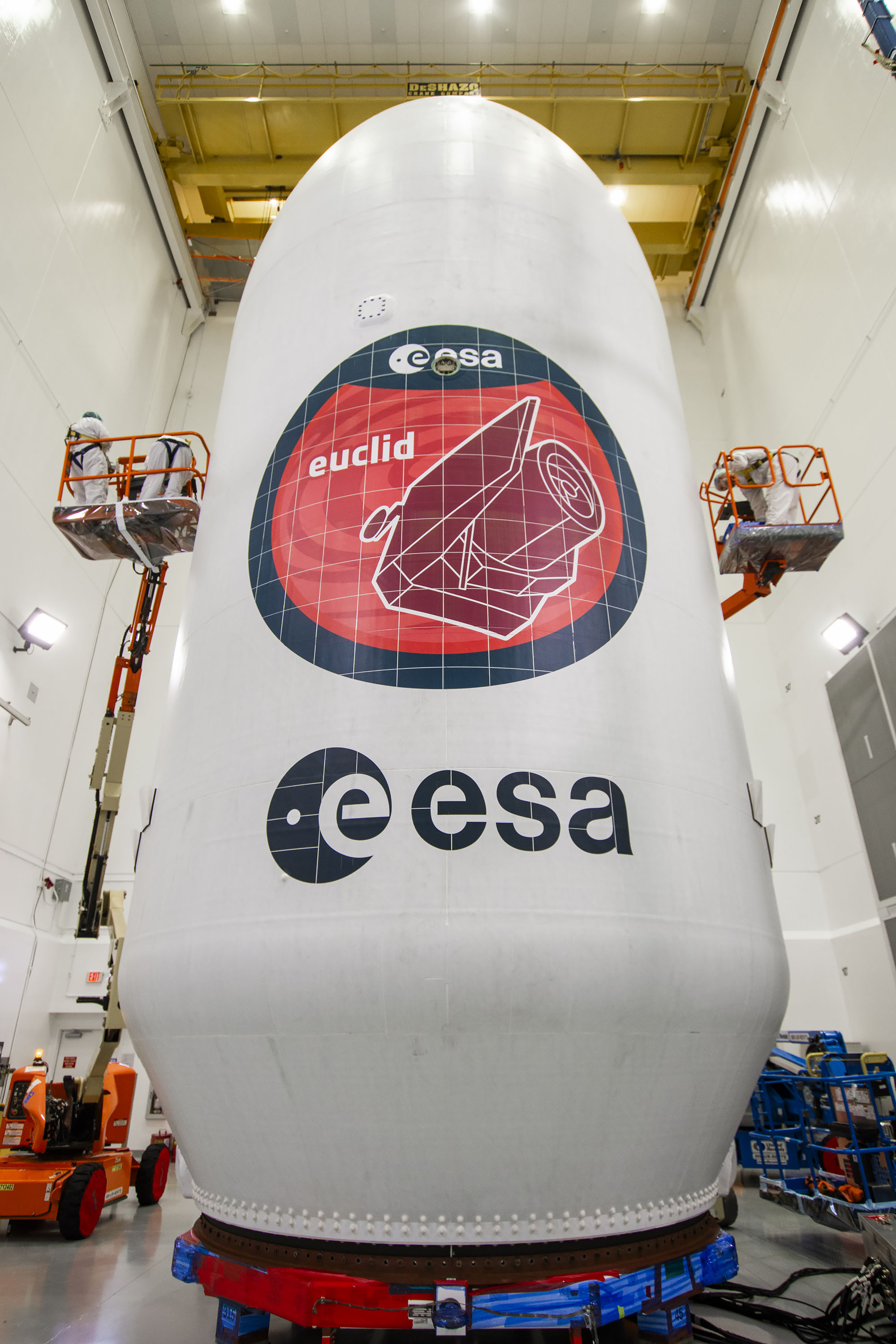
Euclid’s mission is to shed light on two of the universe’s most perplexing mysteries: dark energy and dark matter, thought to make up 95% of the cosmos.
Scientists theorise that dark energy is responsible for accelerating the universe’s expansion and that dark matter acts as cosmic glue that holds the galaxies together. Yet the nature of these components is still unknown.
To help us understand their role, the probe will explore how the universe has formed and expanded by 3D mapping the last 10 billion years of cosmic history across more than a third of the sky.
“A revolution in physics is almost guaranteed.
The data Euclid brings back could not only determine what dark energy is but also whether or not our models of the universe are correct, said Professor Tom Kitching, from UCL’s Mullard Space Science Laboratory, one of the four science coordinators for the ESA-led project.
“Is it vacuum energy — the energy of virtual particles popping in and out of existence in empty space? Is it a new particle field that we didn’t expect? Or it may be Einstein’s theory of gravity that is wrong,” Kitching explained. “A revolution in physics is almost guaranteed.”
During its six-year mission, Euclid will use gravitational lensing and baryonic acoustic oscillation (BAOs) to measure galaxy shapes and distortions, and in turn analyse the distribution and evolution of dark energy and matter.
The craft carries an near-infrared light instrument, called NISP, which captures light from the respective invisible spectrum to measure the distance to galaxies and investigate how fast the universe is expanding.
It’s also equipped with an optical camera named VIS, which captures visible light. According to Professor Mark Cropper, leader of the VIS team, the camera is able to deliver nearly the same resolution of the Hubble Telescope, surveying more of the universe in one day than Hubble has done in 25 years.
“People won’t have seen the universe in this level of detail before,” Cropper said. “There will be new things in every 10 minute exposure sent to Earth.”
〰️? The infrared light instrument, NISP, will measure the distance to galaxies
NISP has the largest field of view for an infrared instrument ever flown in space. pic.twitter.com/aD7dMFXdW9
— ESA’s Euclid mission (@ESA_Euclid) June 23, 2023
While led by the ESA, the €1bn mission is backed by various industry partners, NASA, and the Euclid consortium, which brings together 2,000 scientists from 17 different countries.
If Euclid is successful, it will provide us with an unprecedented chronology of the history of the cosmos and help us unravel the mysteries of the universe– and our own existence. You can watch the launch live on ESA Web TV or via the ESA YouTube live stream.
Get the TNW newsletter
Get the most important tech news in your inbox each week.


